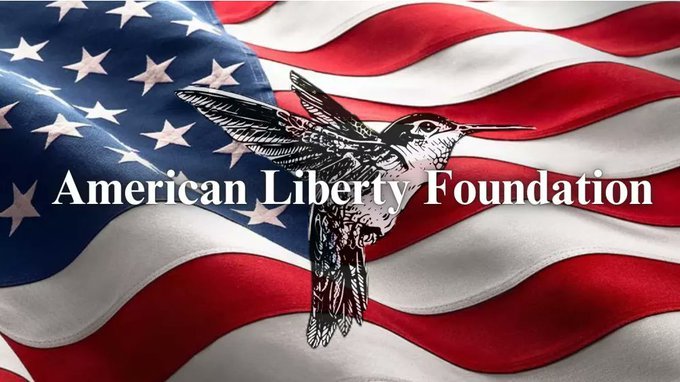In a recent dialogue surrounding John Finch’s book, “The Father Effect,” E. A. Maynard delves into the profound personal experiences and reflections that emerge from the narrative. Finch’s story begins with a heartbreaking loss; he lost his father to suicide at the tender age of 11. This traumatic experience shaped his understanding of paternal relationships and the intricate dynamics of personal identity. The conversation highlights the long-term effects such losses can have, binding Finch’s narrative to a broader exploration of shared struggles among men regarding their fathers.
One of the central themes in their discussion is the concept of the “father wound,” an emotional scar that many men unknowingly carry. Finch elucidates how resentment and unresolved anger towards fathers often linger, leading many to grapple with their feelings without fully understanding them. By bringing this issue to light, the conversation underscores an often-overlooked generational cycle—where the challenges faced by one father can profoundly impact his children, perpetuating a cycle of emotional trauma across generations.
The necessity of forgiveness emerges as a critical point in both Finch’s narrative and the broader discussion. He shares his personal journey of grappling with his father’s failings, ultimately realizing that his father was shaped by his own painful experiences. This understanding becomes a catalyst for personal healing, highlighting the importance of forgiving not only one’s father but also oneself. Moreover, the conversation emphasizes the need for open honesty in father-child relationships as a foundation for rebuilding trust and connection.
Finch advocates for practical strategies to address these father wounds, suggesting that counseling and honest discussions with reliable friends can facilitate healing. Sharing personal stories among men allows for connection and understanding, breaking the silence that often surrounds these emotional struggles. The importance of stepping outside one’s comfort zone to seek help, including utilizing self-help resources such as books and podcasts, is also underscored, providing a pathway for those looking to heal.
The dialogue shifts to the pivotal role fathers play in breaking these cycles of emotional pain. Finch stresses that it is a father’s duty to actively amend the patterns established by their own upbringing, signifying a commitment to nurturing healthier emotional environments for their children. Modeling positive behaviors, effective communication, and emotional openness become essential components for dads hoping to prevent the transference of unresolved issues to the next generation.
In conclusion, the interview surrounding “The Father Effect” provides a compelling narrative about the significance of addressing father wounds. Both Finch and Maynard illustrate that healing begins with acknowledging pain and fostering relationships built on understanding and forgiveness. They inspire men to take responsibility for their emotional well-being and encourage active conversations about fatherhood, ultimately promoting healthier family dynamics.
This enlightening discussion not only sheds light on the complexities of the father-son relationship but also calls men to action. It encourages them to share their experiences, seek support, and build a legacy that breaks the chain of father wounds, fostering a more nurturing environment for future generations. The message is clear: the path to healing is paved with honesty, compassion, and the courage to confront one’s emotional landscape.
